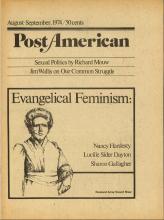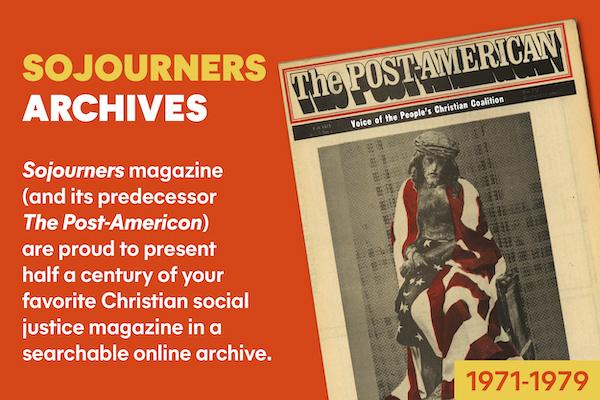The liberation of women in the church faces two very serious obstacles. First of all, comparatively few in the church, whether men or women, see the need for women’s liberation. Women are understood to find fulfillment only in their roles as wives and mothers and are definitely not seen as an oppressed group. Coupled with this false consciousness is the biblical interpretation that women are called by God to play a role subordinate to men in the home, the church, and society in general.
All We're Meant to Be challenges both these assumptions head-on, beginning with a comprehensive treatment of women in the Bible and ending with an account of where woman, married and single, find themselves in society. This personal work scrutinizes many of the problems women face today in the church--and by implication, the same problems men must face up to from a different angle.
One of the book’s real strengths is the breadth of attention given to the place of women in the Bible. Just about every passage that deals with women is examined. Insights are often drawn from non-biblical parallels that provide illumination for a clearer understanding of the scriptural text. Many common assumptions are shown to have no basis in fact.
Read the Full Article

